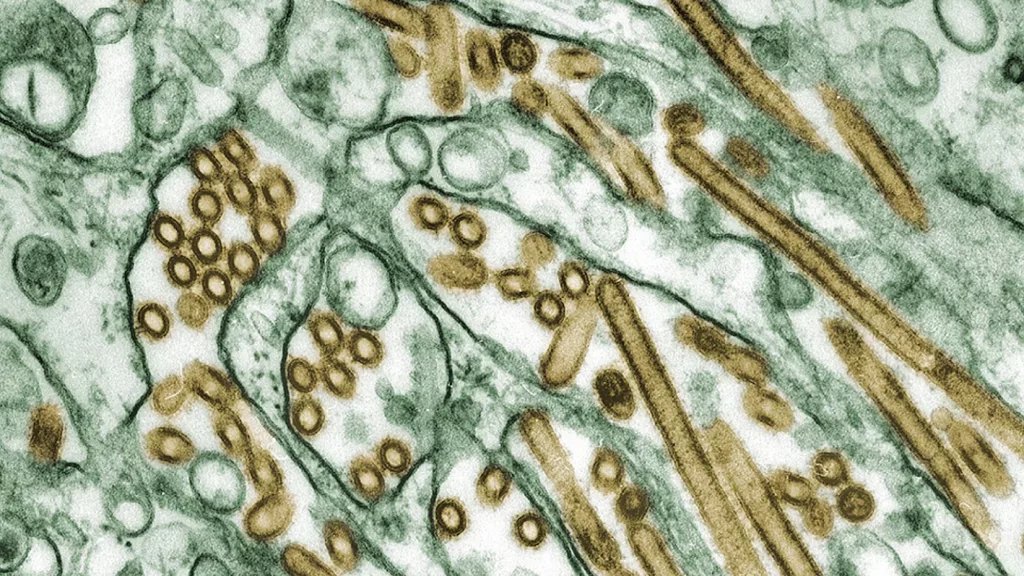(WASHINGTON) — The number of confirmed bird flu cases has risen in the U.S. to 31, federal health officials said on Thursday.
Washington health officials reported four presumptive positive bird flu cases over the weekend. Since then, two of the four cases have been confirmed, according to Dr. Nirav Shah, principal deputy director of the Centers for Disease Control and Prevention.
The confirmed and presumptive cases all worked with infected poultry at a commercial egg farm. All had mild symptoms and were given antiviral medication.
“These numbers of confirmed and presumptive cases will certainly shift as more cases are potentially identified in Washington state and then confirmed at the CDC,” Shah said during a press conference on Thursday.
Additionally, the number of cases in California rose to 15, which is the highest number in a single state so far.
The CDC also said there is no evidence that human-to-human transmission is occurring, sharing the results of an investigation that occurred after a Missouri case of bird flu was confirmed through routine influenza surveillance. Investigators found a household contact who had similar symptoms.
They also investigated the hospital where the bird flu patient was hospitalized, and they found that 112 health care workers had interacted with this patient, six of whom reported experiencing respiratory symptoms. Serologic testing, which looks at antibodies in the blood, confirmed the workers were not positive for bird flu.
Health officials’ investigation suggest the Missouri index patient and the household contact were both exposed to the same source, but further testing revealed the household contact did not meet criteria for a confirmed case.
The CDC said the risk to the general public is still low, and there is no evidence that the virus has mutated to better infect individuals.
Additionally, the CDC confirmed that laboratory company Quest Diagnostics will have a bird flu test soon available with a prescription from a provider for clinical purposes. Being prescribed the test would require being at risk for bird flu and experiencing symptoms of the virus.
Timeline of the bird flu outbreak
The outbreak began in early March when the U.S. Department of Agriculture announced a bird flu strain that had sickened millions of birds across the U.S was identified in several mammals this year. Later, health officials said they were investigating the illness among dairy cows, but assured there was no risk to the commercial milk supply.
The following month, the CDC said a human case of bird flu was identified in Texas and linked to cattle.
Since then, cases have been confirmed in California, Colorado, Michigan, Missouri and Washington. All the cases were among people who came into contact with sick dairy cows or infected poultry and all patients recovered with antivirals.
In late April, reports emerged that bird flu fragments had been found in samples of pasteurized milk. However, the fragments are inactive remnants of the virus and cannot cause infection.
Federal agencies maintain the U.S. commercial milk supply remains safe because milk is pasteurized and dairy farmers are required to dispose of any milk from sick cows, so it does not enter the supply.
In May, the CDC said in a summary that it is preparing for the “possibility of increased risk to human health” from bird flu as part of the federal government’s preparedness efforts, including filling doses of bird flu vaccine into vials to shore up the national stockpile.
Earlier this month, federal health officials announced they are providing $72 million to vaccine manufacturers to help ensure currently available bird flu vaccines are ready-to-use, if needed.
Copyright © 2024, ABC Audio. All rights reserved.

